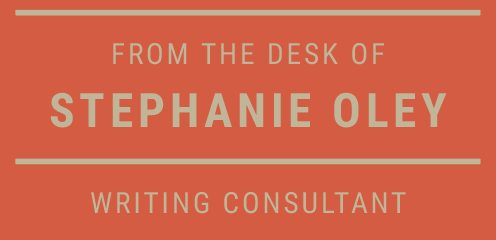I’ve become a tad obsessed with brand voice. It’s because maintaining a consistent one is so hard to do – a bit like mastering foreign accents. (No wonder Cate Blanchett is so lauded for her skills, while your regular voice-over Joe has a Jamaican accent only a few clicks away from his Italian or Chinese).
Anyway, back to written voice. In this post, we’ll look at how to ensure the voice of your brand is consistent. We’ll also look at tone, or the level of formality and how to adjust this.
- Voice that reinforces brand personality
First off, take the time to explore your brand values and how to express these. Sentence styles, technical language, outside audience participation and word choice are all important considerations.
See my related post on establishing a word bank for more details on this last area, or the basics of corporate voice for an overview of tone essentials. And watch ‘This is a Generic Brand Video‘ on YouTube to see what happens when everyone chooses the same words.
Got a brand that wants to be seen as dynamic, tech-savvy and personable all at once? You’ll probably want to use short sentences wherever possible, a mix of technical terms with everyday speak, some punchy user testimonials, lots of energetic verbs and adverbs, and generous use of the word ‘you’.
Got a high-end product or service that you want to present as premium, luxurious and crafted? You’ll probably choose longer, lingering complex sentences, more adjectives, fewer rushing verbs and much reference to craft terms.
- Dialing formality up or down
With the brand language established, you can now adjust the formality depending on whether your target readers are students or senior execs. Here are five simple areas to focus on:
- Active vs passive – the active voice always sounds friendlier than the passive. For example, ‘apply before December 1 to be in the running’ compared to: ‘applications not received before December 1 will be considered not valid.’
- Short sentences vs long – sentences of around 10 words in length sound closest to the spoken word, so stick to these if your audience wants an informal tone. A standard sentence is 25 words; a complex sentence is 40 words and over.
- Simple words vs complex – as for sentences, shorter words sound friendlier. Read your copy aloud and you’ll get an immediate sense for the complexity of your word choice, even without using the Flesch-Kincaid index.
- Colloquialisms and contractions – write words out in full for a more formal effect; use their short form for a more informal effect. For example, ‘we’ll contact you’, instead of ‘we will contact you’ or ‘our head people’ instead of ‘the management.’
- Inclusive words – using words like ‘you’, ‘they’, ‘please’ and ‘welcome’ are inclusive; omitting them will create a more formal style.
You can now tailor the same message to a different audience, while keeping the same brand personality. For example, the following snippets about a University of Sydney dining spot use different sentence lengths, an abbreviated venue name, and different ways of talking about the menu. However, both retain the personality of approachability and enthusiasm:
As posted on Facebook:
Courtyard is the perfect place to enjoy afternoon coffee and delicious sweets! Open till 8pm today
As posted in University of Sydney Union News:
Holme Building is set to become Camperdown campus’ new favourite place to eat and socialise with the opening of the latest food and beverage offering, Courtyard Restaurant and Bar.
So that’s our overview on adjusting voice as well as tone. Big subject. There’s a book in there somewhere, I’m sure of it…






